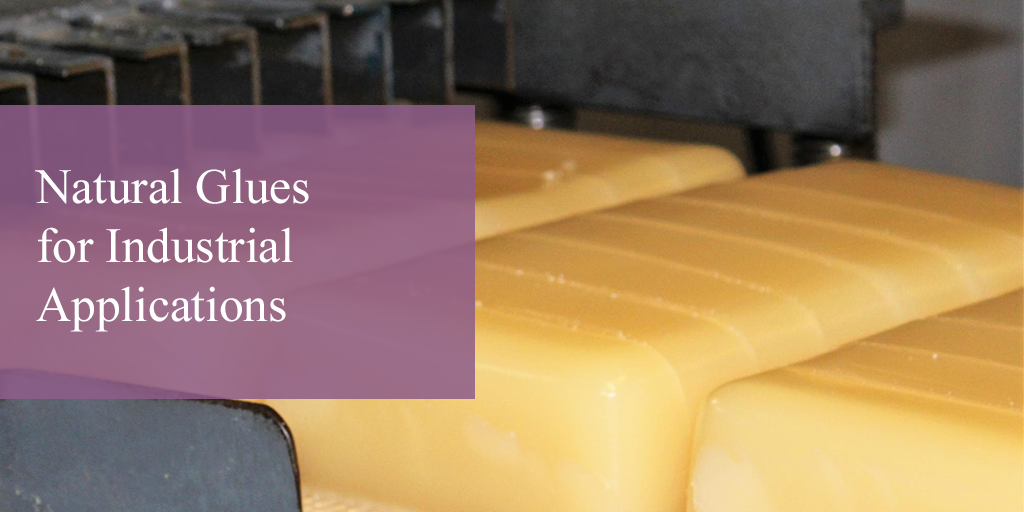Manufacturers are constantly trying to find eco-friendly, cost-effective innovations for their packaging, paper products, and production needs. Depending on your specific needs, starch, dextrin, or gelatin-based glues may be the answer for businesses in search of a more natural adhesive alternative.
What is natural glue?
Natural adhesives are derived from an organic source. Glue can be formed from many naturally occurring substances, including proteins like gelatin, starch, and cellulose.
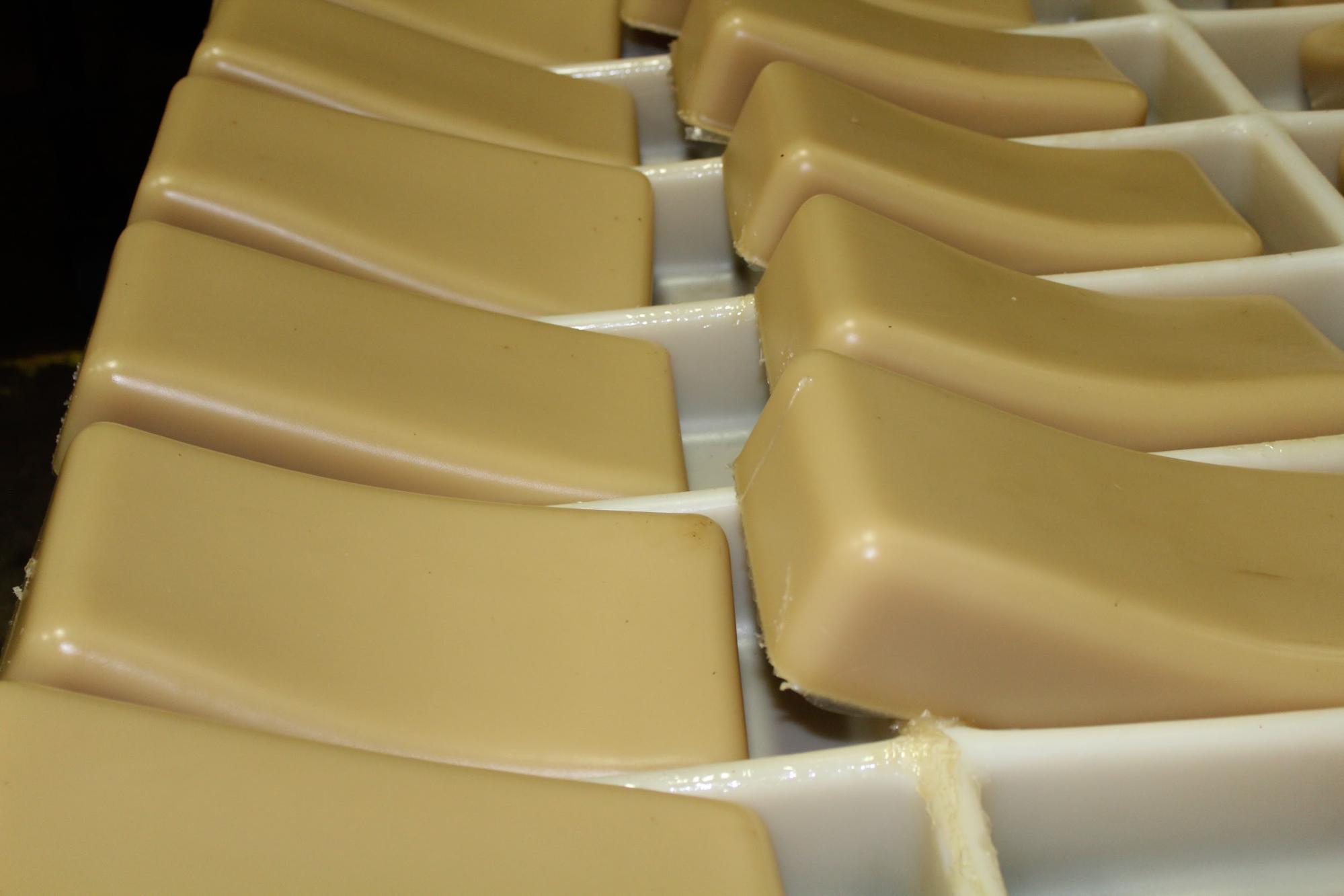
Pictured above are biodegradable, gelatin-based glue cakes.
Low-Cost, Renewable Adhesives from Plants
Starch and dextrin glues are some of the most popular adhesives used in the paper and packaging industries. They tend to be some of the least expensive adhesives for paper-packaging because they are readily available and relatively easy for manufacturers to create.
Both types of glue use the same main ingredient: starch from vegetables and plants! Dextrin glues have just gone through an additional hydrolysis process. Starch is a carbohydrate that is a common part of the human diet and functions as a polysaccharide, meaning it contains an abundance of sugar molecules bonded together. Generally, there are five main sources of organic material for creating starch-based adhesives.
Corn Starch
Corn or maize starch is one of the most widely cultivated cereals in the world. North and South America utilize corn starch to produce paper and corrugated products, as it offers excellent adhesion. This type of starch is also a common food ingredient and is often used as a thickening agent in sauces and soups.
Wheat Starch
Wheat starch is used for both food processing and manufacturing purposes, though it is more prevalent in Northern Europe and Australia for industrial manufacturing purposes.
Potato Starch
More commonly found in Europe, the price and availability of potato starch depends heavily on overseas production.
Pea Starch
One of the more recently formulated starch glues, pea starch is great for heavyweight cardboard and for producing micro and nano-flute for corrugate manufacturing.
Overall, starch-based liquid glues offer manufacturers an abundant, renewable adhesive. Depending on your intended application, starch or dextrin may perform better for different packaging and labeling uses.
When should I use starch glue?
Starch glue is delivered to manufacturers as a white powder that activates when cooked in hot water between 180–190°F to create a vicious glue. Most starch glues are commercially produced using the Stein Hall process, which includes adding sodium hydroxide to lower the gelation temperature and borax to increase the tack.
Once the starch adhesive is applied to a surface, it is heated to around 140-158°F to develop an instant tack. This pasty, high-viscosity adhesive is excellent for a range of paper applications, including corrugated boxes, paper bags, envelopes, bottle labeling, tube winding, and more.
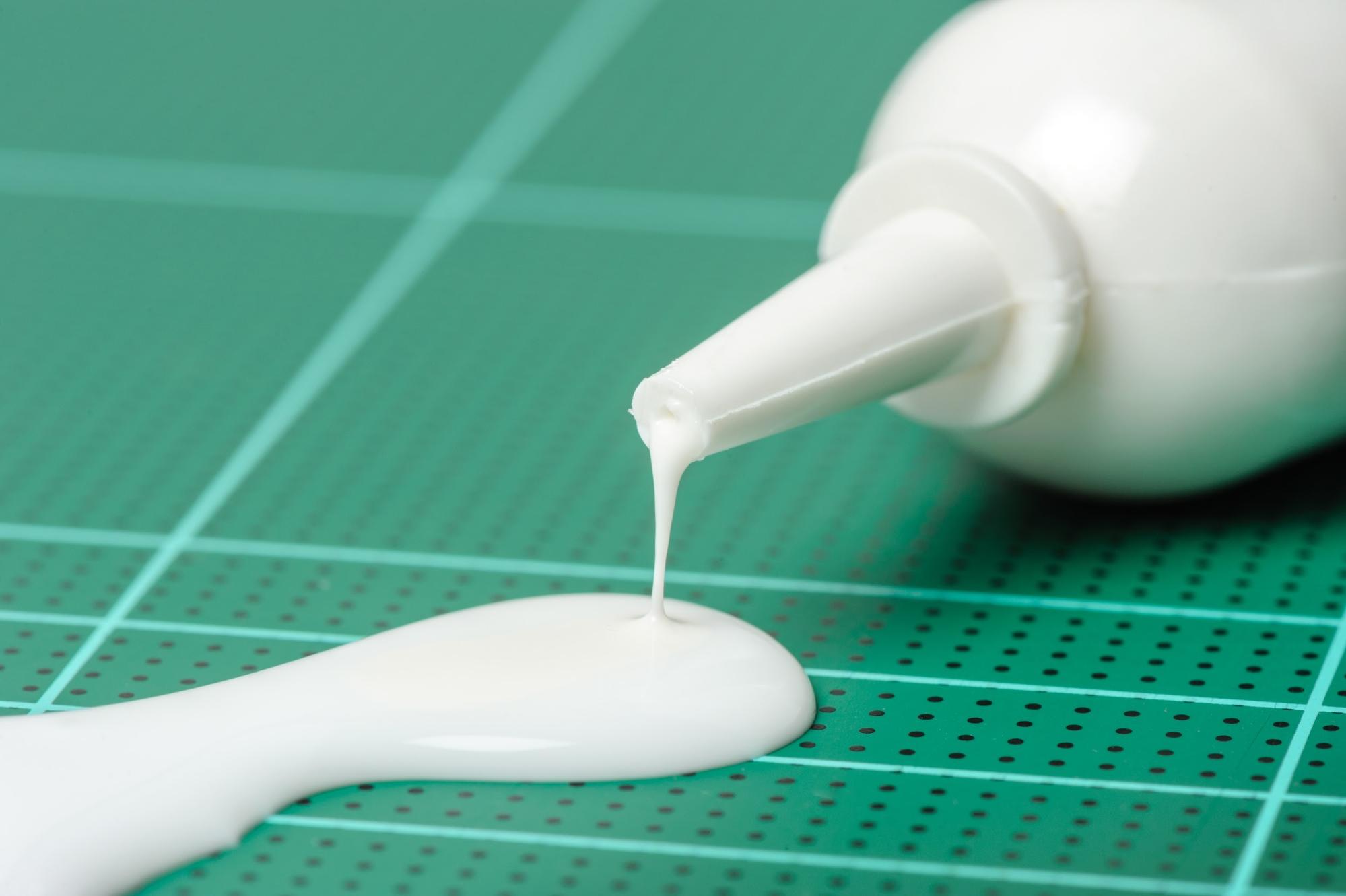
Pictured above is water-based starch glue.
When should I use dextrin glue?
Dextrin adhesive is provided to manufacturers as a dry powder that can be activated by cooking it in hot water (200°F). Unlike starch, dextrin has been further processed and is water-soluble. Dextrin is made by dry-roasting starch in the presence of an acid catalyst.
The length of the roasting period and the type of acid used determine the color of the finished dextrin. Dextrin glue colors can vary from pure white to canary yellow to brown. Manufacturers often prefer using dextrin to starch glue as it requires little to no cooking to cure once applied to a surface, reducing drying time. Dextrin adhesive is commonly used for bottle labeling, board lining, laminating, printing, and more.
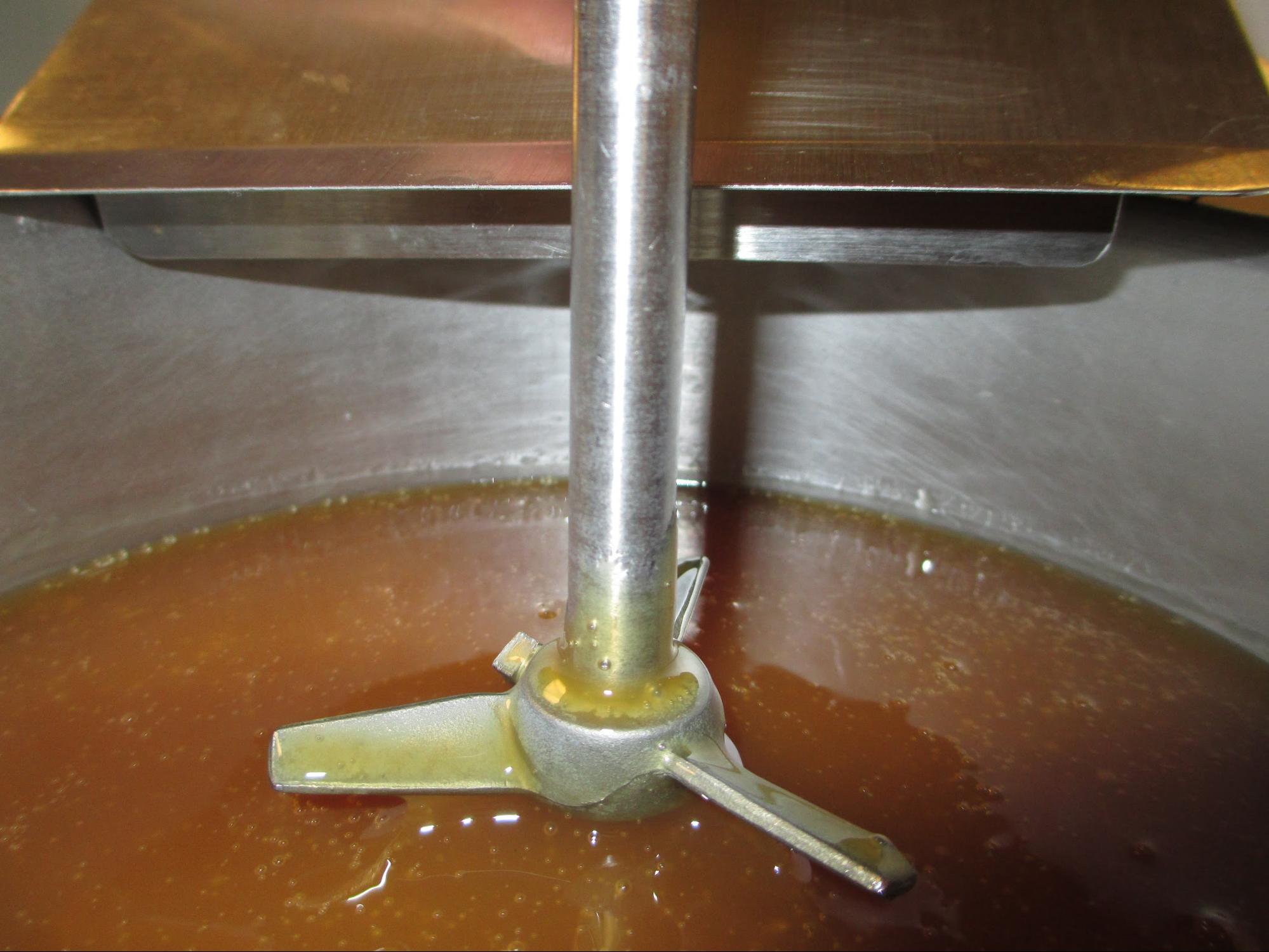
Pictured above is liquid dextrin adhesive.
Biodegradable Gelatin-Based Adhesives for Manufacturers
While starch and dextrin glues come from renewable, natural resources, the end product isn’t always biodegradable due to the additives mixed into the adhesives. Gelatin glue, also known as protein glue, is an entirely biodegradable alternative to starch-based liquid glue. Gelatin glue is 100% non-toxic, recyclable, and decomposable, making it one of the most environmentally-friendly adhesives available to manufacturers.
Recycling Waste to Hold the Future Together
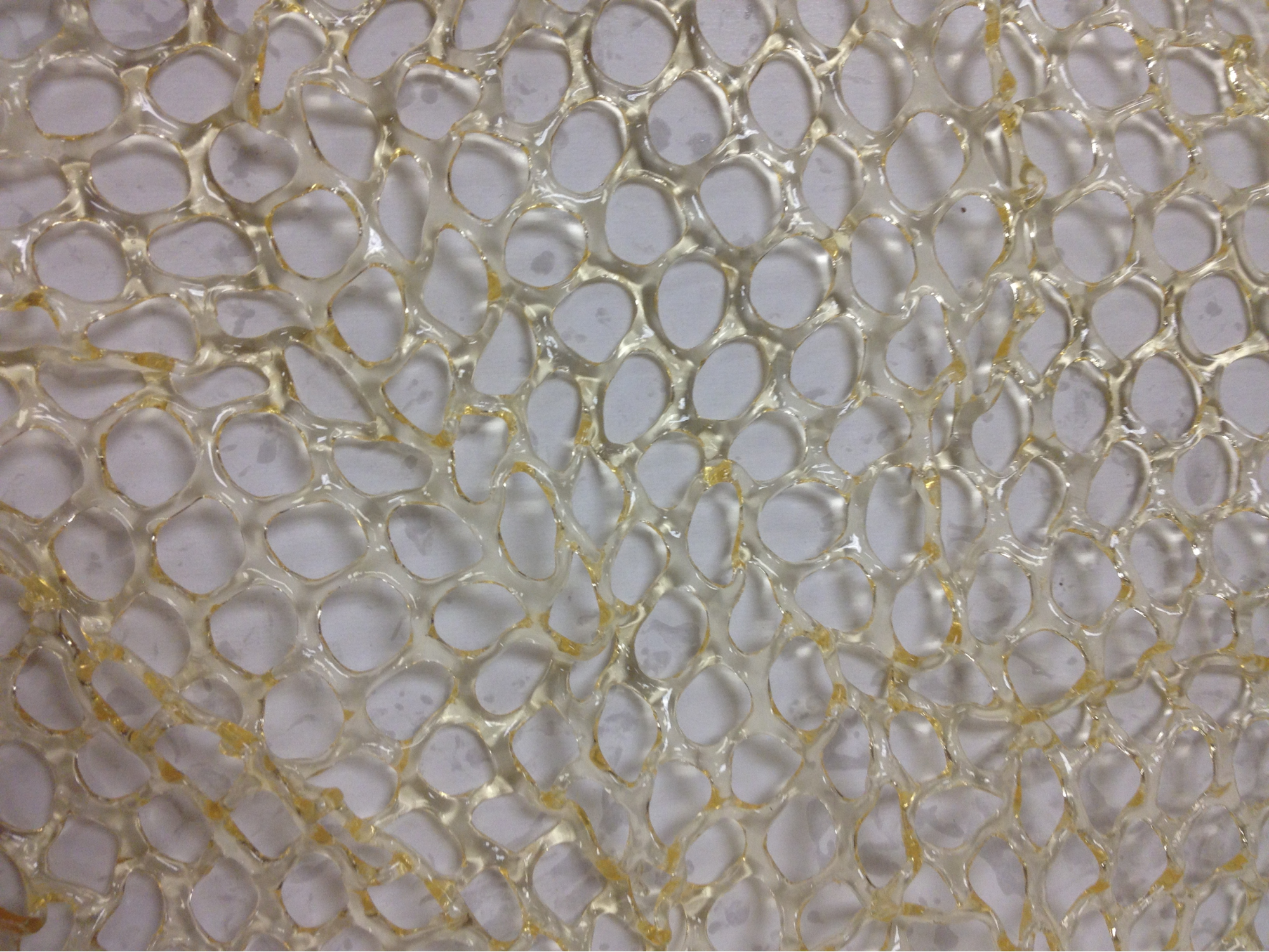
Pictured above is pharmaceutical gelatin netting.
The raw materials for gelatin glue are often recycled from different sources. For example, pharmaceutical and nutritional encapsulating companies are left with gelatin netting after creating gel capsules, like those for vitamin E and other nutritional capsules.
Instead of letting the excess netting go to waste, glue manufacturers like LD Davis are able to recycle it into adhesive products, like gelatin glue cakes. Common ingredients of gelatin glues include Epsom salt, glycerin, water, and corn sugar.
Why use Gelatin glue?
Aside from the fact that gelatin glue is 100% biodegradable and recycled, it’s really good at forming strong, long-lasting bonds. From paper to wood, protein glue has been used for thousands of years to hold things together.
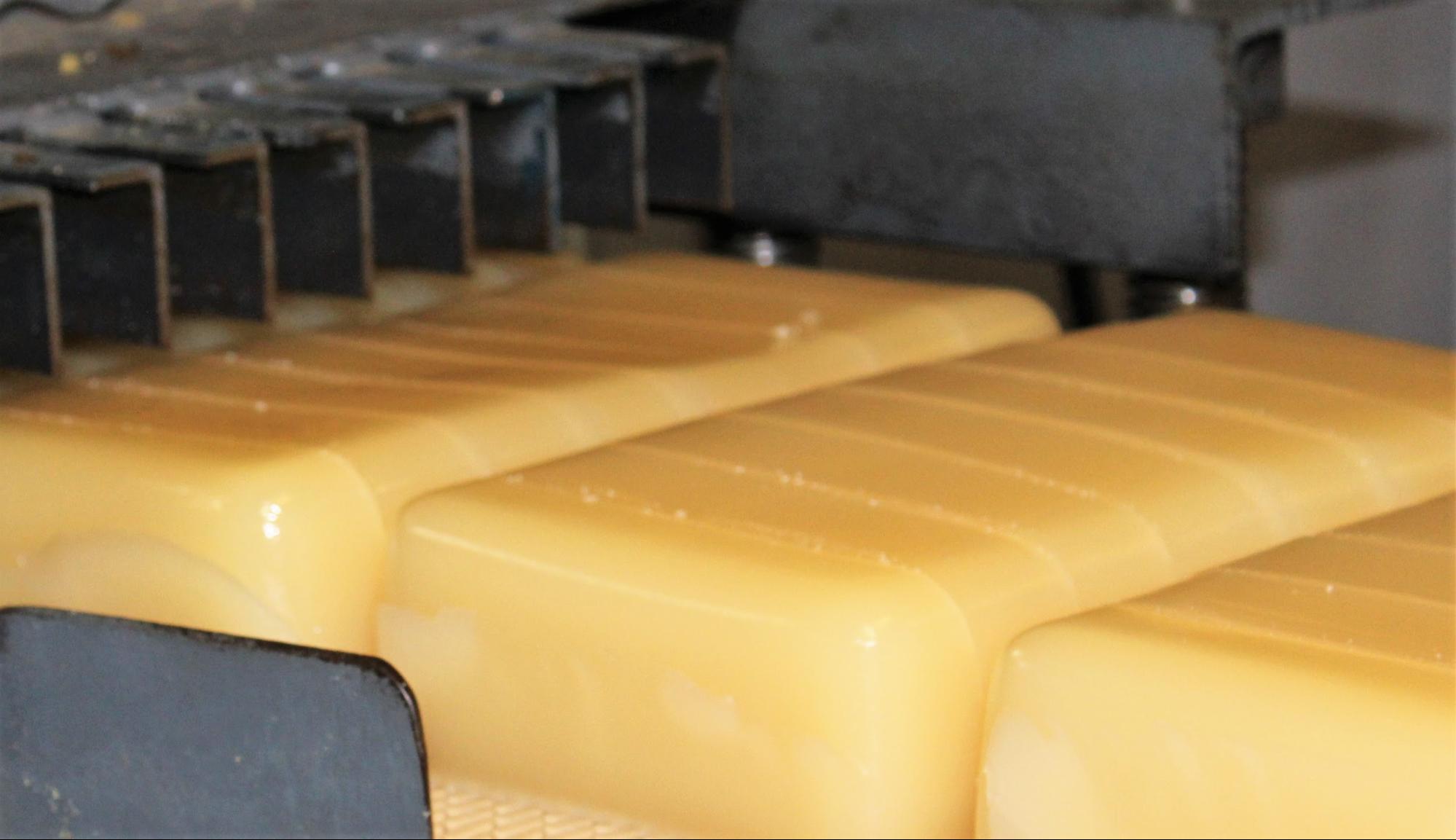
Pictured above, gelatin glue cakes are being formed.
Gelatin glue is revered by woodworkers and primarily used by manufacturers for bookbinding, rigid box production, laminating, paper crimping, and more. The use of gelatin glue is also gaining traction in industries looking for a more eco-friendly alternative to hot melt glue. Many manufacturers are retrofitting hot melt appliance equipment to work with gelatin-based cake glues.
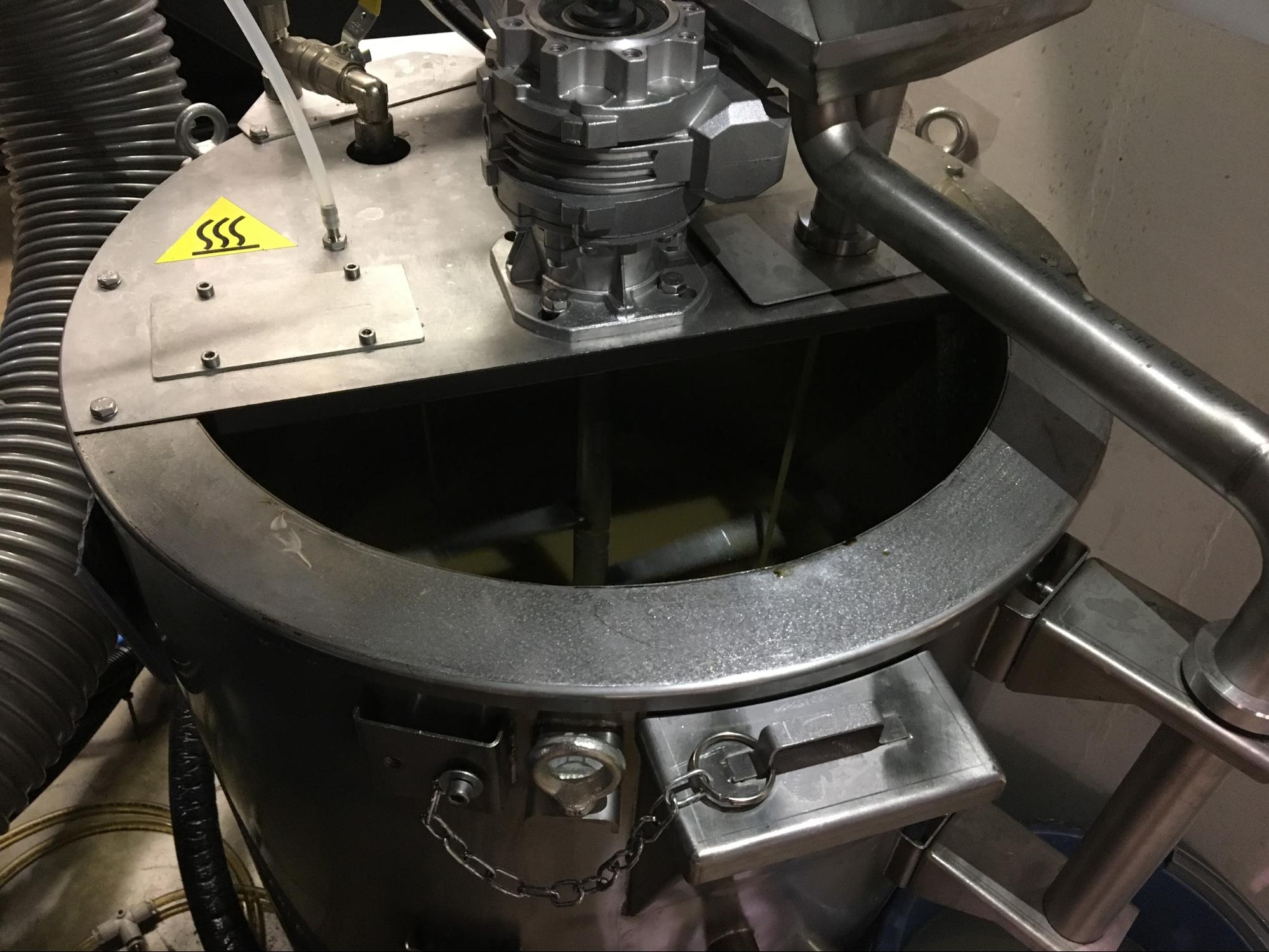
Pictured above, gelatin glue cakes are being melted in a glue pot by the manufacturer prior to application.
Find a More Environmentally-Friendly Adhesive
When going green, everything counts—even the glue that holds it all together. If you’re looking for a way to make your products and packaging more environmentally friendly, see the difference working with a dedicated adhesive supplier can make.

